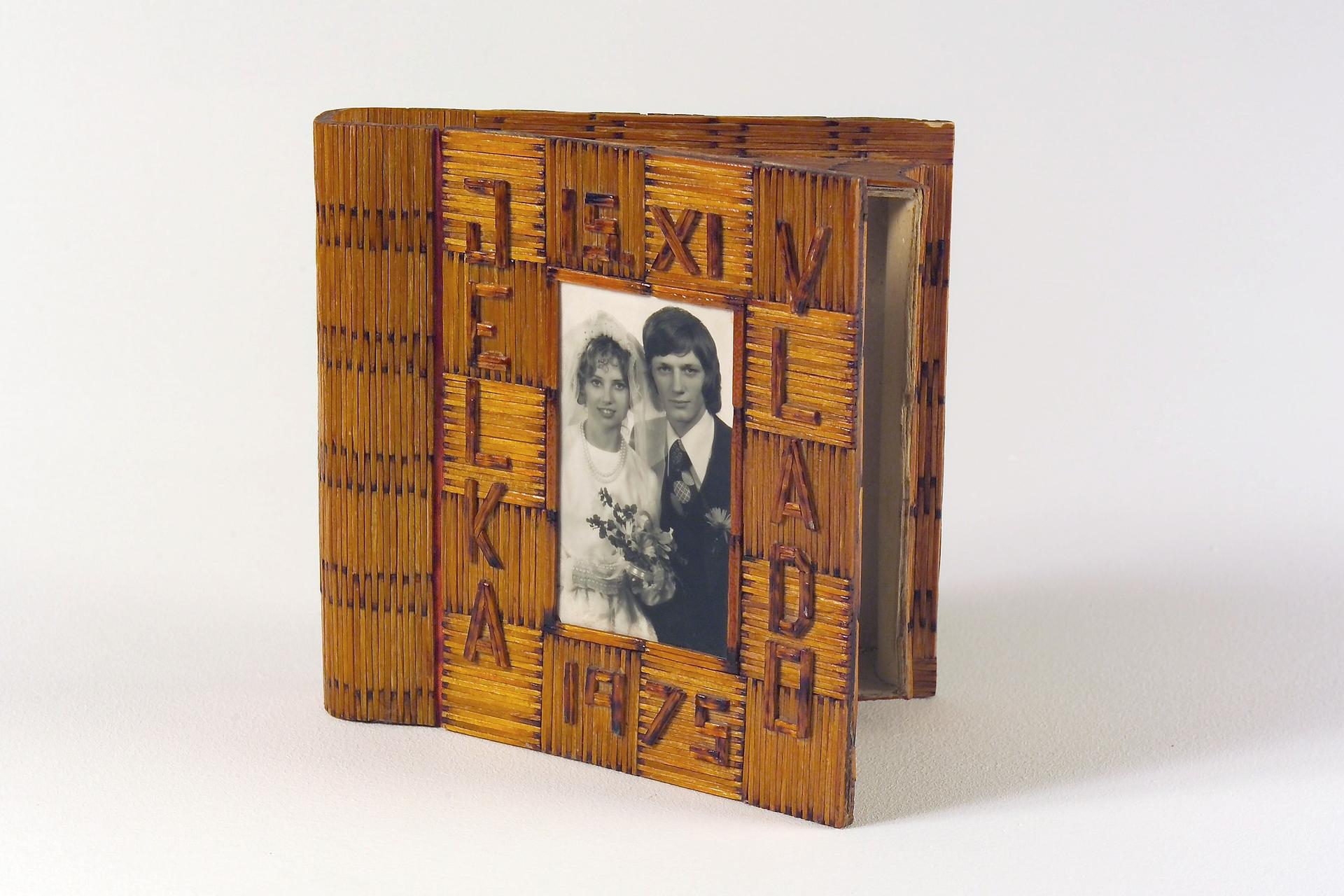From the Dept. of Love Stinks: Broken hearts, on exhibit
The exhibition traveled around the world from Brazil to Norway, picking up items along the way.
Editor's note: We publish thousands of stories at GlobalPost every year. But some of these don't receive the reader attention they deserve. Our series "20 Must-Reads of 2013" fixes that problem. Here's a look — maybe a second one — at some of our best journalism of the year.
ZAGREB, Croatia — A German husband and wife divorce after 13 years of marriage before moving to different countries. To help her cope, he allows her to keep their dog. Later, she sends him a light she would attach to the dog’s collar to ensure it wouldn’t get lost on dark winter evenings. Then she commits suicide.
That’s all that’s known about the couple from a note accompanying the light, now one of the most poignant displays in the Museum of Broken Relationships, located in the old upper town of the Croatian capital.
"This little red light has been with me everywhere, in my toilet bag for two years now, killing me every time I saw it,” reads the note from the ex-husband.
Other displays include a broken garden gnome, a wedding dress and an axe used to chop up a former lover's furniture.
The museum is the project of theater and film-set designer Drazen Grubisic and his ex-girlfriend Olinka Vistica, who split on friendly terms in 2004 after a four-year relationship.
"We started talking about it while we were breaking up,” he says. “We were discussing who was going to take what. It's easy with some objects: you can take the TV and I can take the stereo. But what about the bunny?"
Each had taken along a toy rabbit when traveling alone.
"Wouldn't it be great if there were a museum for such things?"
Two years later, the onetime couple put together a display at an annual art exhibit. It proved hugely popular.
"I guess we tapped into something really universal,” Grubisic says.
He and Vistica took their exhibition abroad, traveling to Brazil, Germany, the United States and many other countries — and collecting items along the way.
After they opened their permanent gallery in 2010, it received the Kenneth Hudson Award, given by the European Museum Forum to the most innovative museum in Europe each year, under the auspices of the Council of Europe.
Today, the Museum of Broken Relationships has become one of Zagreb’s most popular attractions.
Ironically, it’s located next to the picturesque Saint Mark's church, a popular venue for local marriages.
Inside, the museum’s bright space offers visitors a shared sense of intimacy.
“Our societies oblige us with our marriages, funerals, and even graduation farewells,” the wall text introducing the exhibition reads, “but deny us any formal recognition of the demise of a relationship, despite its strong emotional effect.”
The displays produce a visceral effect: some laugh, others look very serious.
"It's strange to see how little things can represent a whole year or a lifetime,” says Reka Tako, a 32-year-old restaurant manager from England visiting Zagreb with her boyfriend to celebrate their first-year anniversary.
Not all the objects evoke sadness and tragedy. A small bottle of “intimate” shampoo for women from a one-year affair in the Croatian city of Split comes with a note reading, "After the relationship ended, my mother used it for glass polishing. She claims it's absolutely great.”
Although the displays suggest the universal human condition, some also speak to differences between countries. Some of the objects donated from the Philippines describe relationships broken because one of the lovers had to move abroad to find work.
Closer to home, objects from the former Yugoslav republics touch on the Balkan wars.
They include a boy's love letter written in Sarajevo in 1992 and never delivered. “I fell in love with childlike honesty, and confessed it to her with the same honesty in this letter," the writer explains. His last glimpse of the object of his affections took place when she was driving away inside a car fleeing the city.
More from GlobalPost: Ghosts of ethnic cleansing: Bosnia census revives rifts
The museum isn’t popular with everyone, however.
Grubisic says local art critics initially denied the collection constituted art.
Today, in the age of social media, others say it doesn’t much differ from testimonies on Facebook.
"The difference is that this is anonymous,” Grubisic counters. "We wanted people who aren’t necessarily extroverts to donate objects and tell their stories here."
"It's a love museum, but upside down," he says. "All love ends one way or another, and we show that.”
Every day, reporters and producers at The World are hard at work bringing you human-centered news from across the globe. But we can’t do it without you. We need your support to ensure we can continue this work for another year.
Make a gift today, and you’ll help us unlock a matching gift of $67,000!
